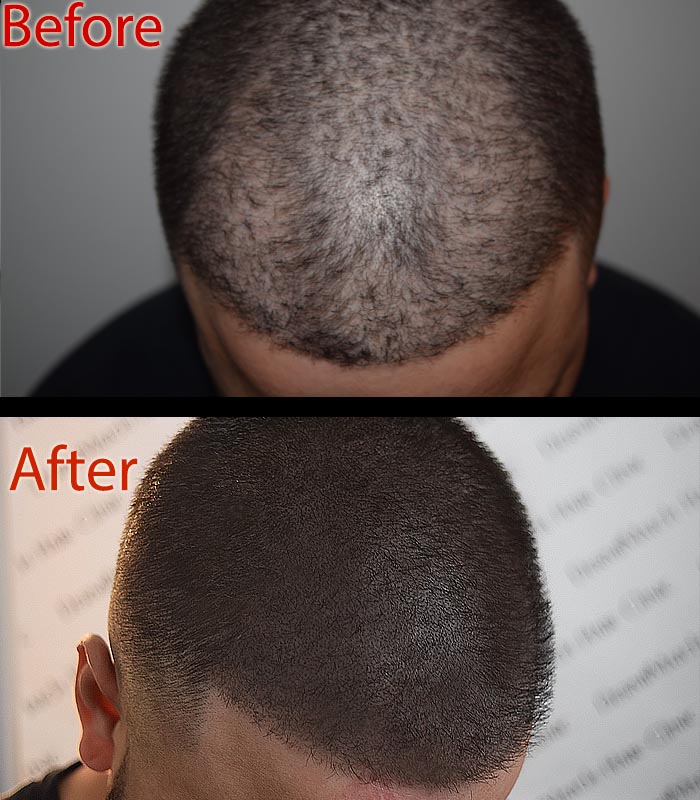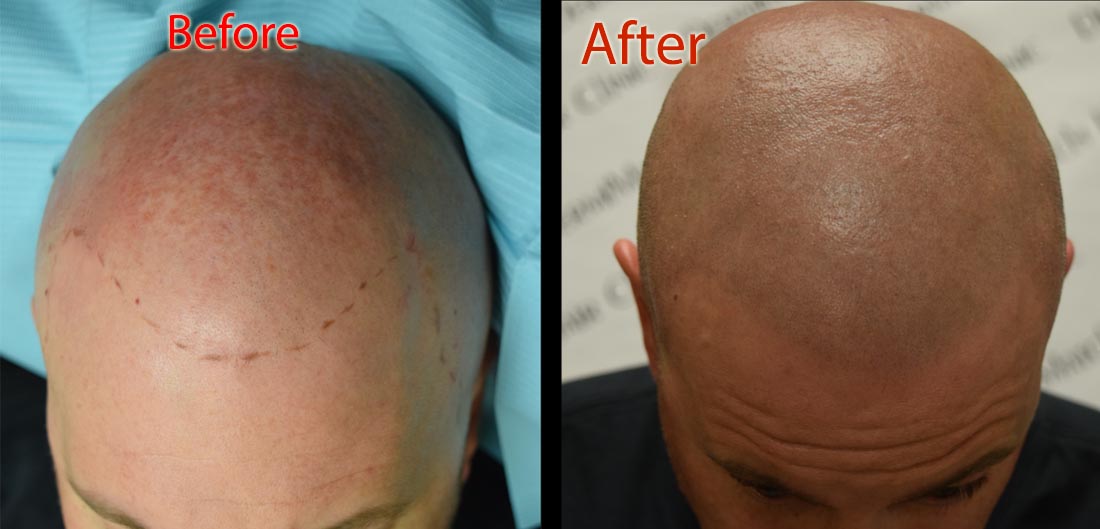Laser hair therapy has emerged as a popular solution for those struggling with thinning hair. These devices use low-level laser therapy (LLLT) to stimulate the scalp with red light, promising to revitalize dormant follicles. Available as combs, caps, or helmets, they claim to increase blood flow and deliver nutrients to hair roots.
Many products boast FDA clearance and testimonials from satisfied users who report thicker, fuller hair. But with prices ranging from hundreds to thousands of dollars and demanding consistent use, is laser therapy the most effective approach for addressing hair loss woes?
The Truth About Laser Hair Therapy
LLLT devices claim to stimulate follicles with red light. These hair regrowth devices come as combs, helmets, or caps. They aim to boost blood circulation to your scalp, potentially waking dormant follicles.
Many laser helmets for thinning hair have FDA clearance for safety. However, this doesn’t guarantee effectiveness. Clinical results remain inconsistent. Some users notice slightly thicker hair, while others see no improvement despite months of use.
The commitment required is substantial. Most devices demand 15-30 minute sessions, 3-5 times weekly – indefinitely. Stop the routine, and any gains typically disappear.
These non-surgical hair restoration tools work best on mild thinning, not complete baldness. They show limited effectiveness on bald spots or advanced hair loss.
Cost is another drawback. Quality laser therapy devices often run from $500 to $2,000. That’s a significant investment for uncertain results. Long-term safety data is also lacking for these hair loss solutions.
Laser Hair Treatment vs. Scalp Micropigmentation
SMP offers a different approach to hair density issues. Rather than attempting regrowth, scalp micropigmentation creates the illusion of fuller hair or a freshly shaved look through specialized pigmentation.
Unlike temporary gains from laser treatments, SMP provides permanent results. The hairline pigmentation technique deposits tiny pigment dots that mimic real follicles. This baldness cover technique works on all stages of hair loss, including complete baldness, receding hairlines, and thinning crowns.
The process typically requires just 1-3 sessions for complete transformation. There’s no waiting period to see if it works – results are immediate and predictable.
SMP also excels at camouflaging scars from transplants or injuries. It blends seamlessly with existing hair, creating natural-looking density for both men and women.
From a financial perspective, SMP proves more cost-effective long-term. With no devices to replace or ongoing treatments to maintain, the one-time investment delivers years of results with minimal touch-ups.
Why Many Choose SMP Over Laser Therapy?
The advantages of scalp micropigmentation over laser treatment are clear:
- Immediate visible results instead of months of uncertainty
- Works on all hair loss stages, not just early thinning
- Permanent solution requiring minimal maintenance
- Effective for complete baldness where lasers fail
- Natural appearance that enhances confidence
- No daily or weekly time commitment
Finding the Right SMP Provider
While scalp micropigmentation may seem better than laser hair therapy, the key to successful SMP lies in choosing a skilled provider. This isn’t simply a hair tattoo – it requires specialized training and tools specific to scalp work.
Always verify credentials and examine before-and-after photos of actual clients. Proper SMP uses specific pigments that maintain natural coloration over time, avoiding the blue-tinted look that poor-quality work can develop.
With the right Arizona SMP artist, scalp micropigmentation offers a reliable, low-maintenance solution that outperforms laser therapy for most people seeking a permanent answer to hair loss challenges.
Want to solve your hair loss concerns? Consider the proven results of SMP over the uncertain promises of laser devices.
Schedule a consultation with leading scalp micropigmentation practitioners in Arizona at DermiMatch Clinic now.


